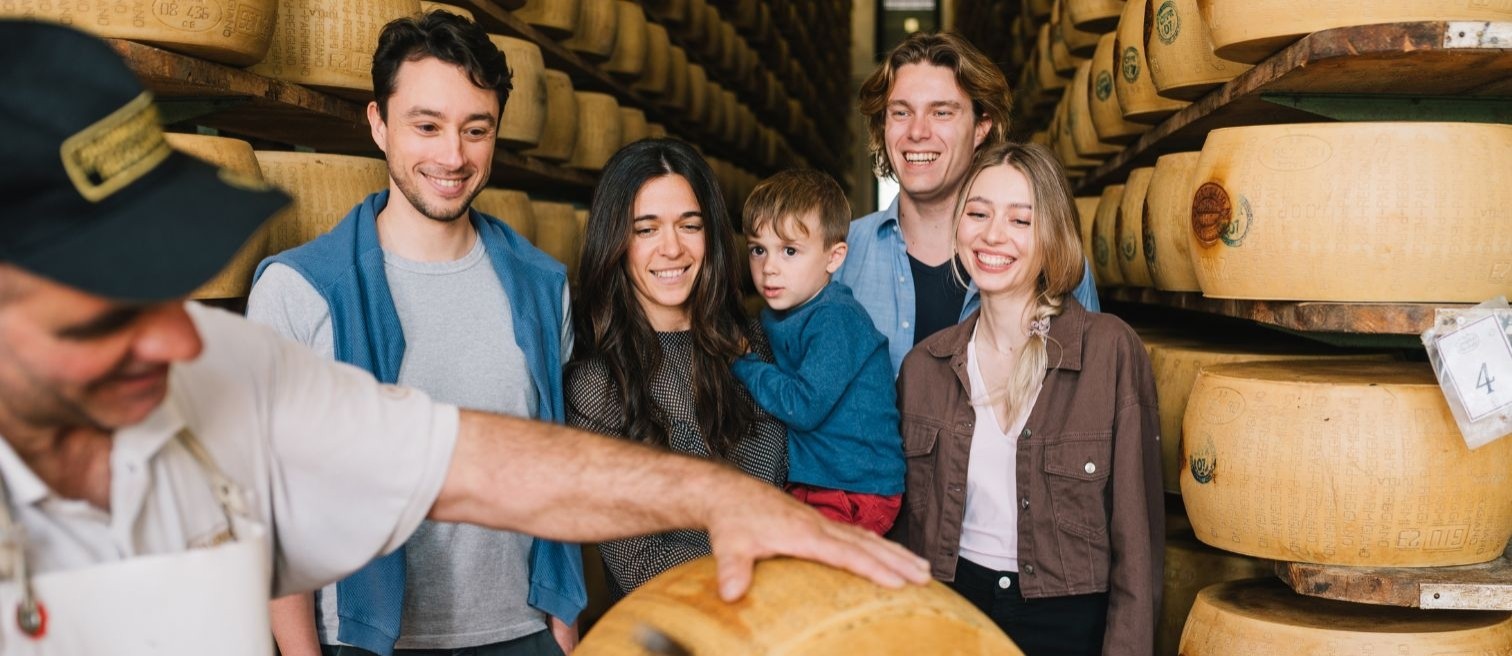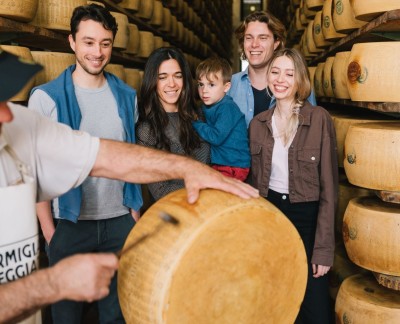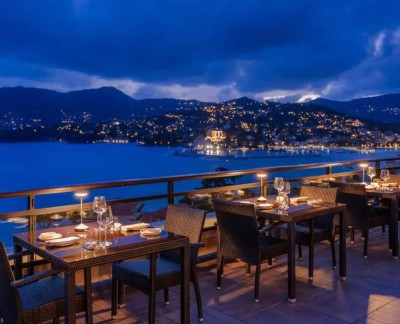Among fairy-tale castles and lunar calanques, the Reggio Emilia region lends itself to educational walks and escapades gourmandes to trattorias and starred restaurants, perhaps stopping at a Parmigiano Reggiano cheese factory where you can sample the territory.
*Content with promotional purposes
Getting away from the daily routine and venturing out is a desire that grows especially on weekends. Dairy wizards can be reached in the blink of an eye, as they are just around the corner, sometimes even within biking distance; moreover, they provide a green and restorative welcome. Reggio Emilia, for example, is full of surprises, with hidden treasures, little talked about, that deserve to be explored.
Discovering Reggio Emilia, between art and good food
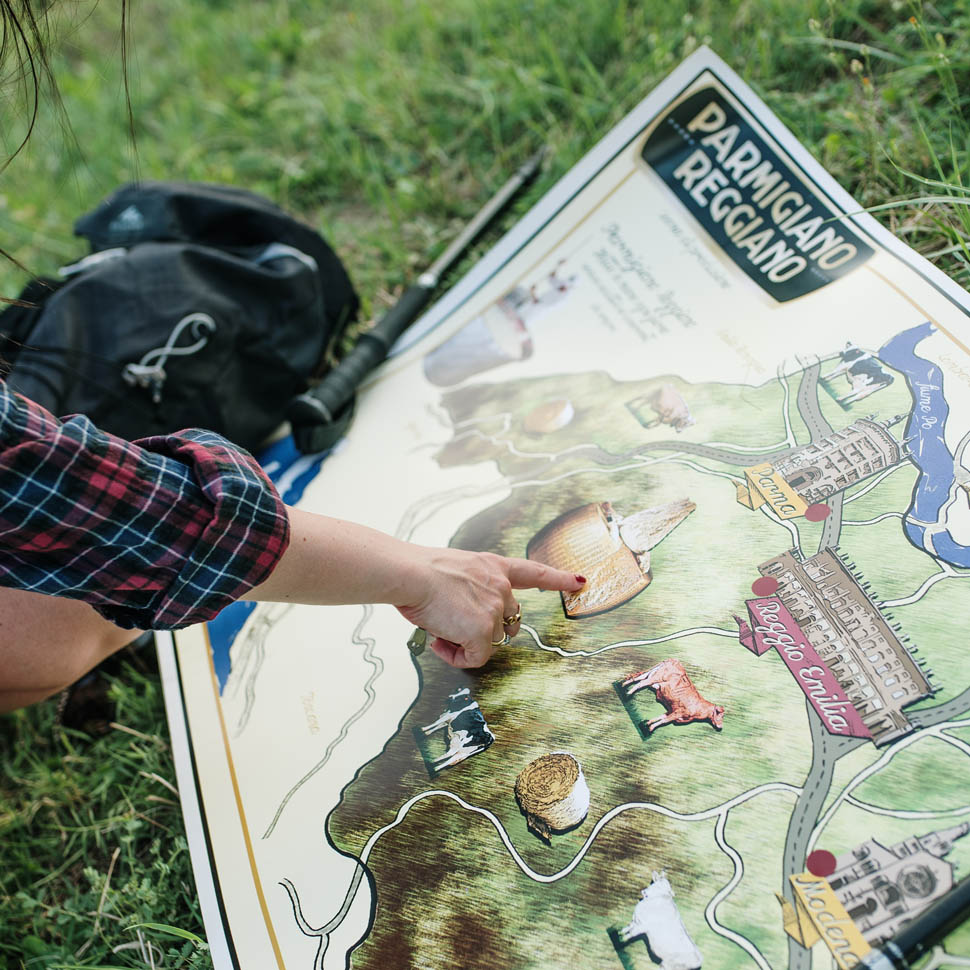
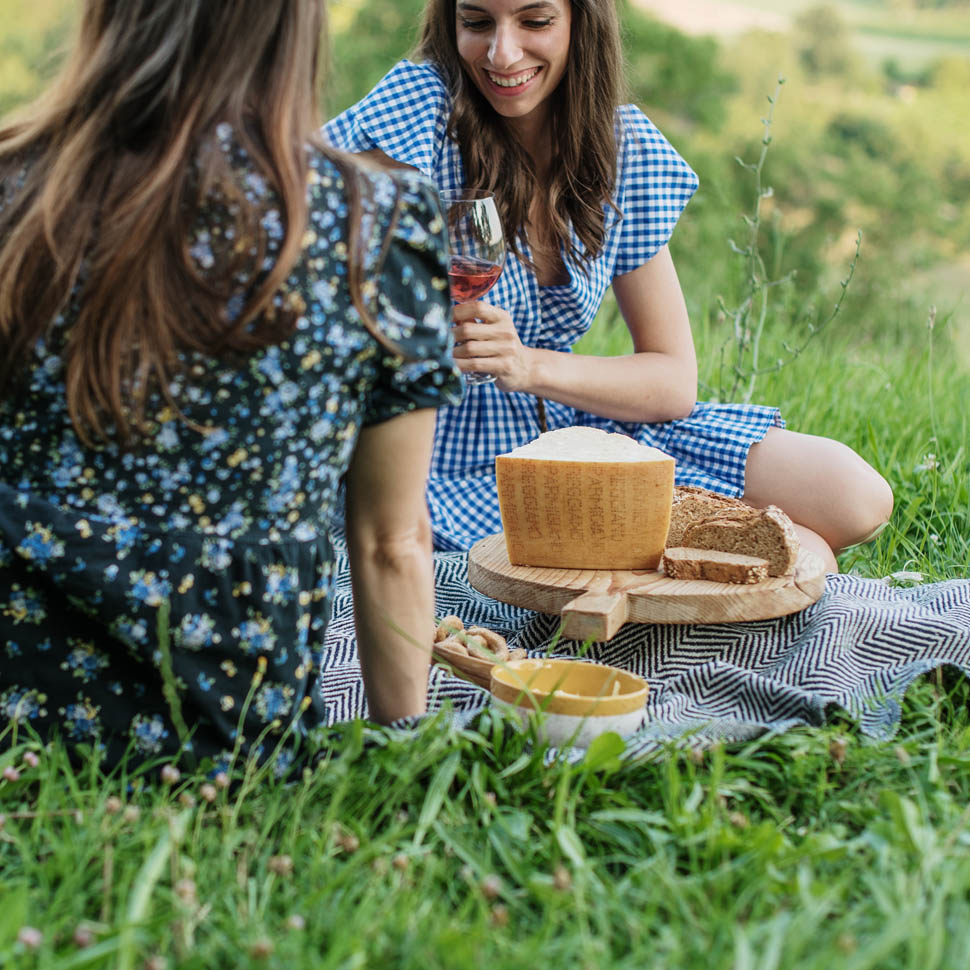
The City of the Tricolore, so named because the banner that would later become the Italian national flag was adopted here, is known for its high quality of life. The province boasts a remarkable historical, archaeological, cultural, landscape and environmental heritage. A visit offers many insights: in addition to monuments, there are important museums, notable people and customs to discover. The center is dominated by the majestic Piazza Prampolini, where the Cathedral, titled to Santa Maria Assunta, and the Baptistery, characterized by a Latin cross plan, are located.
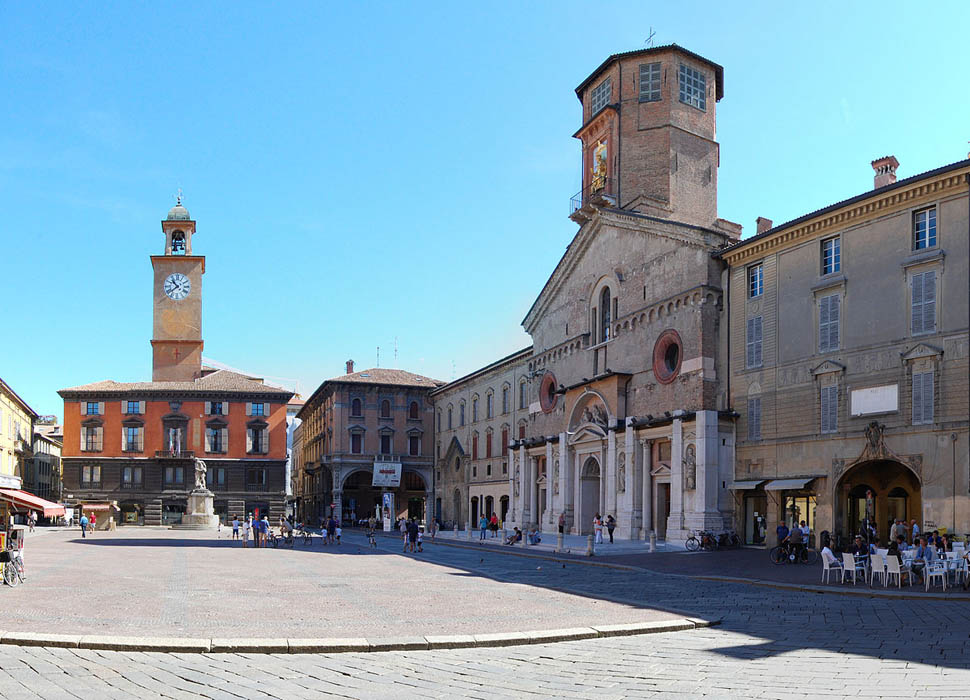
Not far away, Piazza San Prospero, with its distinctive Basilica, is a jewel not to be missed. The Valli Municipal Theater, an elegant neoclassical structure, is a landmark for opera and theater lovers. Finally, city parks, such as Parco del Popolo, provide an oasis in the urban heart, an ideal lounge for a relaxing break. There are numerous castles and abbeys in the Terre Matildiche, named in honor of Matilda of Canossa, a leading figure of the Italian Middle Ages. This area, which stretches strategically from the Po valley to the fertile plains to the Apennine ridge, is distinguished by an impressive defensive system composed of strongholds, parish churches and tower houses.
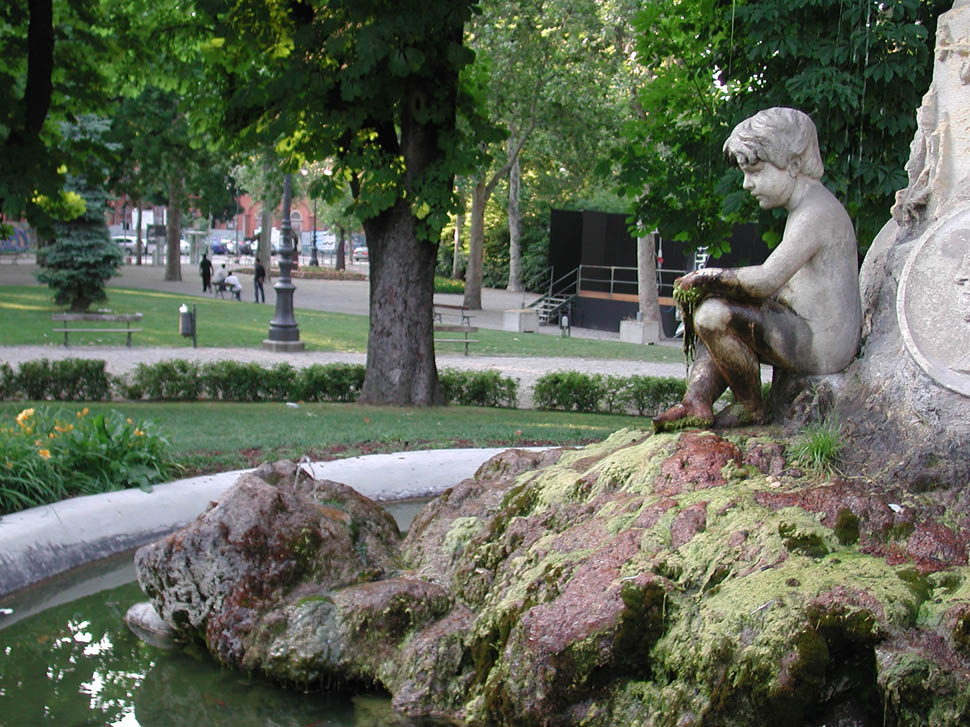
The most famous is undoubtedly the Canossa Castle, now reduced to striking ruins perched on a sandstone cliff, with a national museum attached. The view of the gullies, a lunar landscape that invites you to walk like an astronaut, is simply breathtaking. Among other wonders, the castles of Bianello, Carpineti, and Sarzano deserve special attention, as does Rossena Castle, with its 21 rooms overlooking the hills and the nearby watchtower, which can be reached on foot . Here it is even possible to stay overnight, living a unique experience.
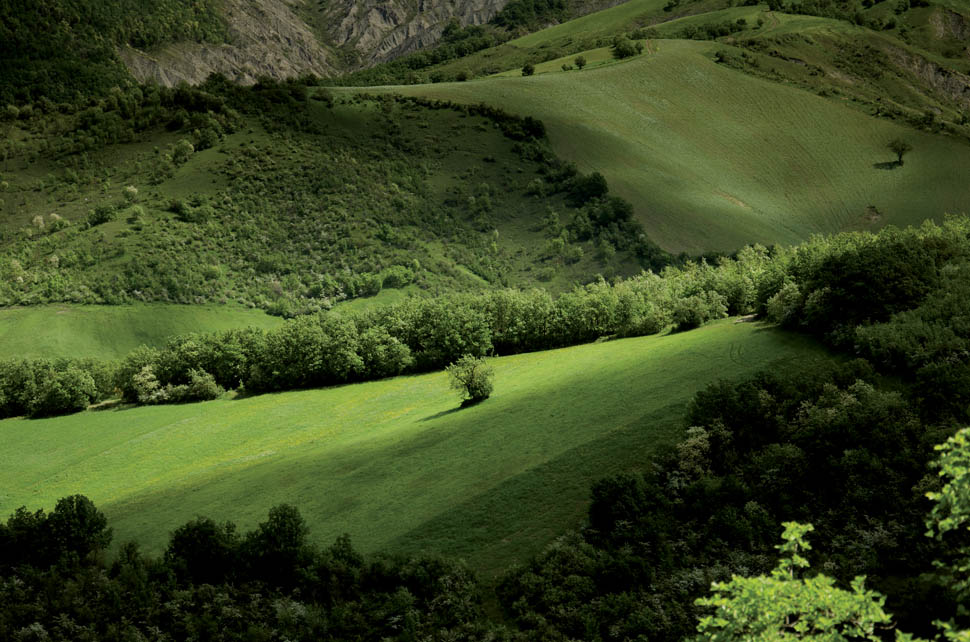
The restaurants
Just a handful of kilometers away is a now-representative Emilian starred restaurant, Andrea Vezzani's Ca' Matilde, a self-taught chef whose philosophy is based on the balance between a passion for vegetables, grown in the biodynamic garden, and the cult of tradition. Among the most iconic products are Balsamic, which, unlike the Modenese, comes in three seasonings, gold, lobster and silver, erbazzone, just elected PGI, and Parmigiano Reggiano.

It often arrives on the table as a protagonist, such as the crust ragu, which pulled with their broth replaces the meat in the classic bomb, but also tagliolini made of tosone, a fresh cheese once obtained by trimming the wheels, seasoned carbonara style with yolk emulsion and crispy bacon.
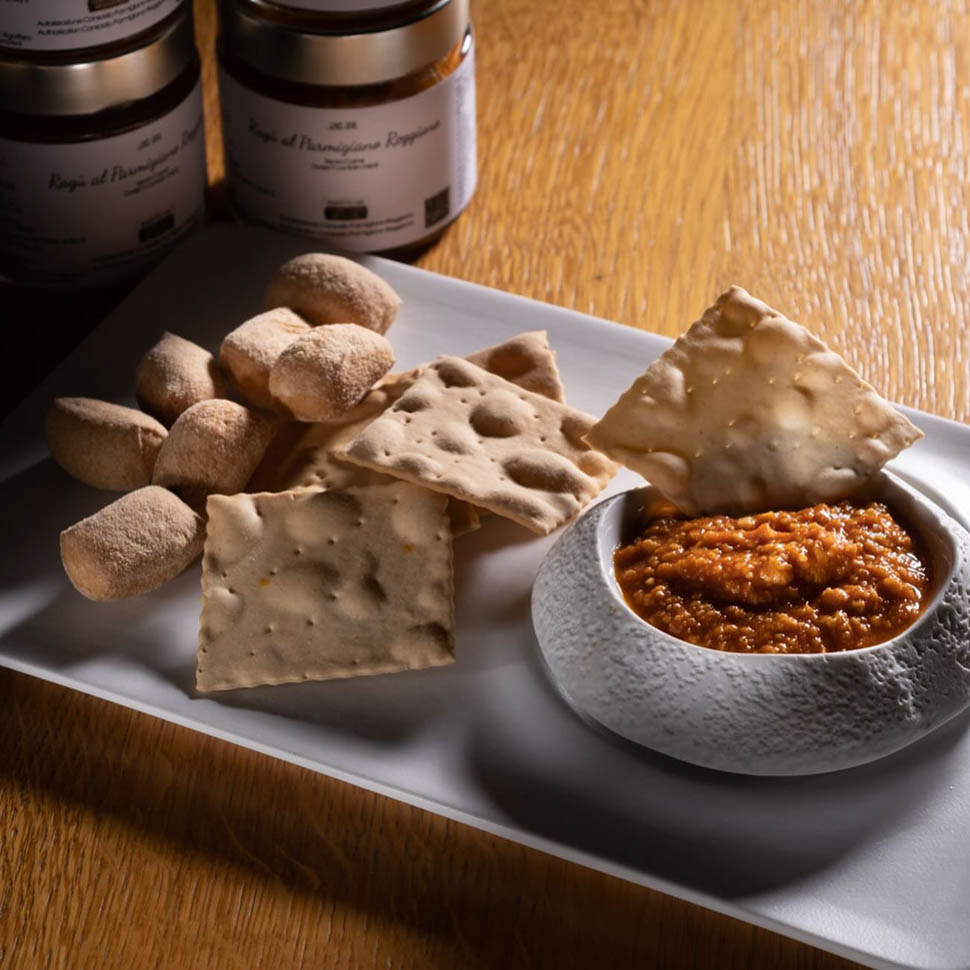
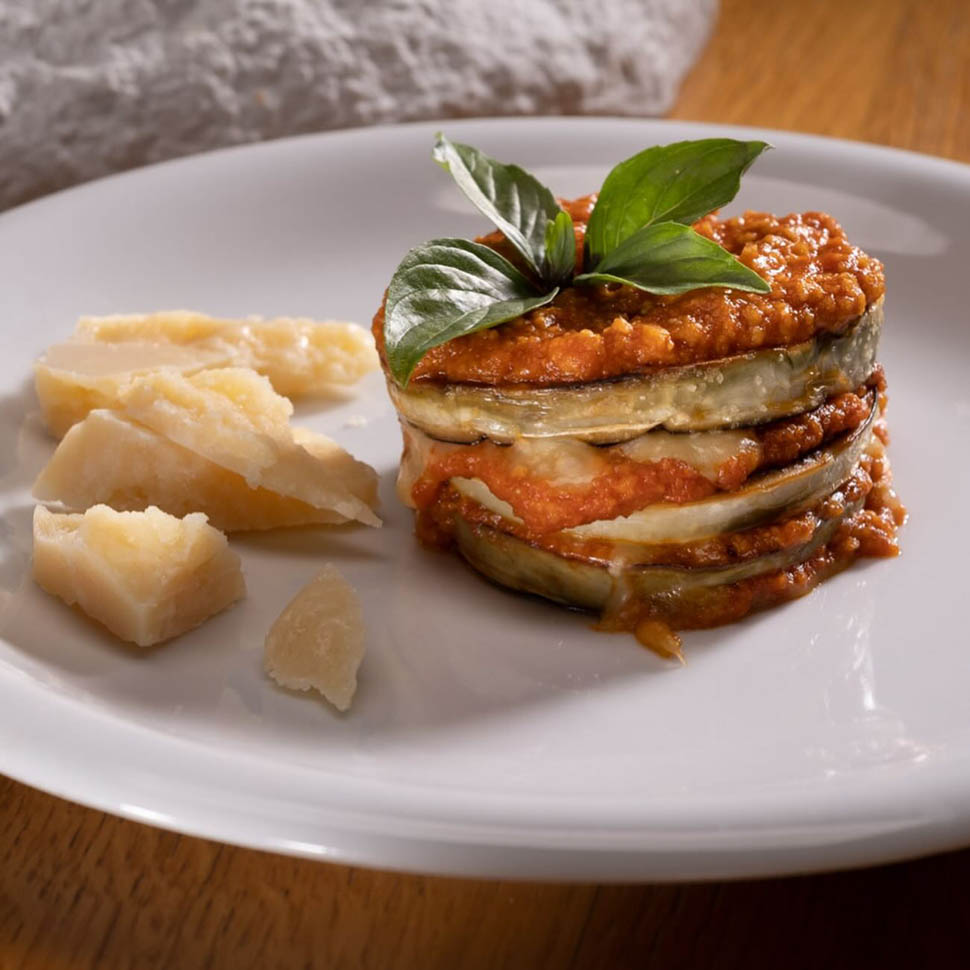
Those who crave simplicity are spoiled for choice. At Ca' Matilde the classic Emilian gnocco fritto becomes a stuffed calzoncino, but all around it is excellent and philological with its plate of selected cured meats. For example, at the trattoria La Maddalena, right in Quattro Castella, or at the Osteria della Capra in Barco, where also fresh pastas, especially cappelletti in broth, should definitely be tried.
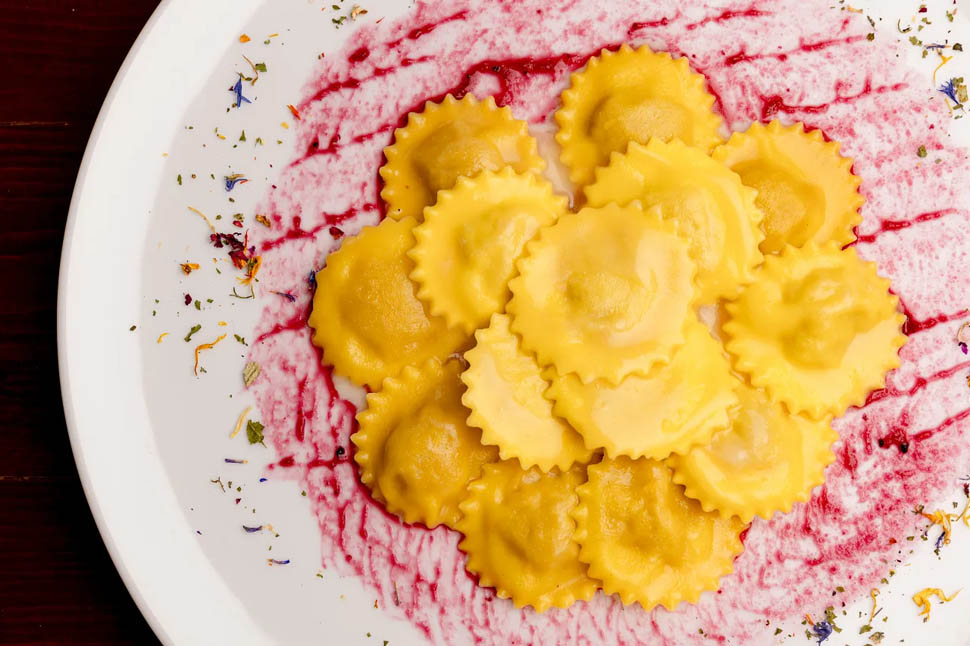
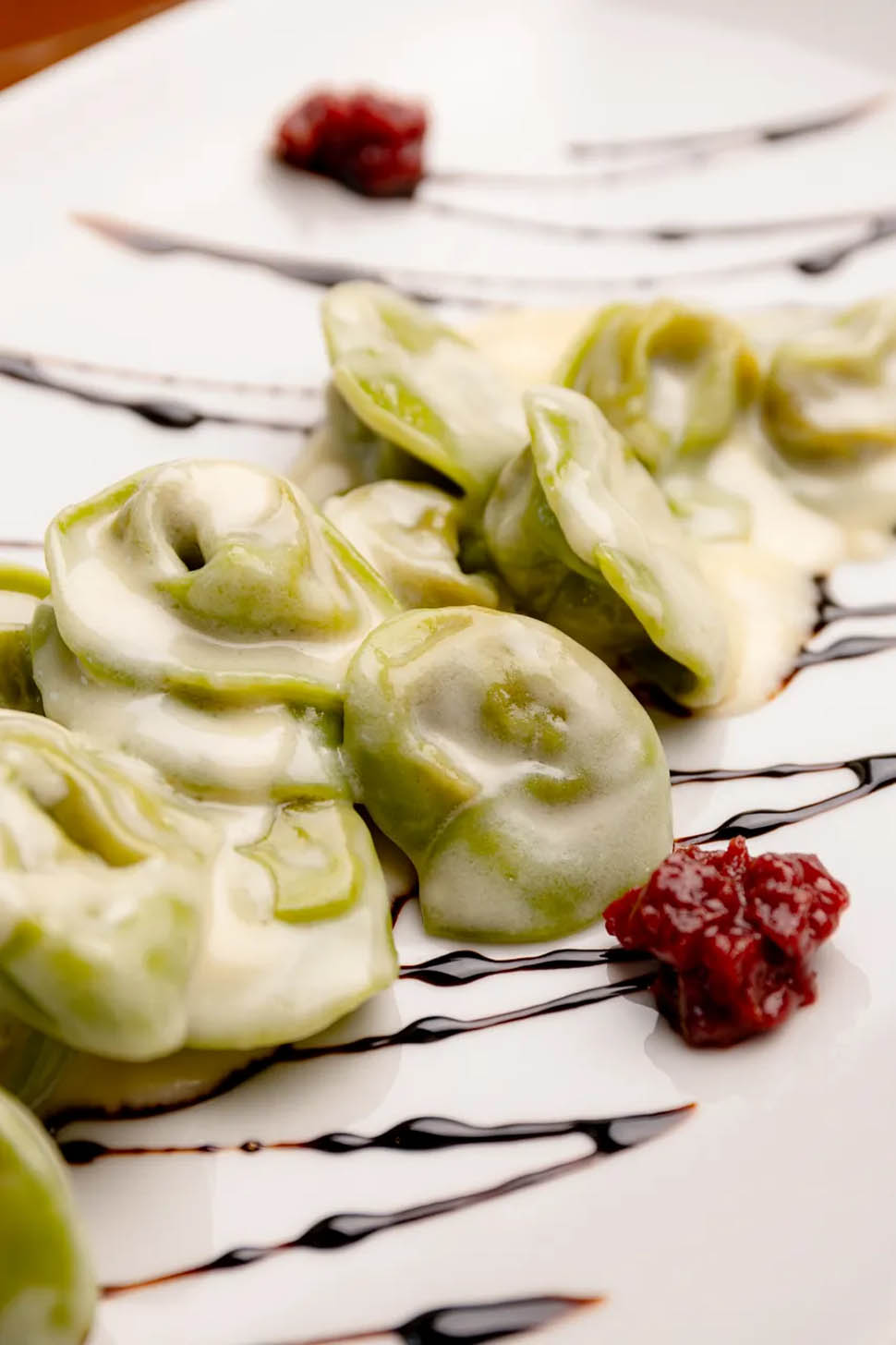
Not to mention the sumptuous trolley of boiled and roasted meats at Trattoria da Probo, in Bagnolo in Piano. Veal head, tongue or pig's foot, accompanied by sauces and gravies, on the other hand, are the specialty of Clinica Gastronomica Arnaldo, in Rubiera.

In Casalgrande, nestled in the countryside, Badessa, is a restaurant designed inside a former dairy factory, a testament to agricultural architecture in full neo-Gothic style. The cuisine focuses on seasonal ingredients from the short supply chain. Not to be missed is the Michelin- and Green-starred Osteria del Viandante, where chef Jacopo Malpeli works closely with producers from an organic cooperative, creating dishes that enhance the authentic flavors of the region. Bold Cantarelli-style rice savarin with salmistrata tongue, Parmigiano Reggiano risotto and porcini mushroom ragu with small meatballs.

The “king of cheeses”: tour of Parmigiano Reggiano factories
Between lunch and dinner, then, why not indulge in a Parmigiano tasting directly at the production site? The confined area is home to a variety of farms where the cows are fed native fodder. Everything stems from the deep connection with the surrounding environment, which is extremely protected and where the optimal conditions for the development of the “king of cheeses” develop.
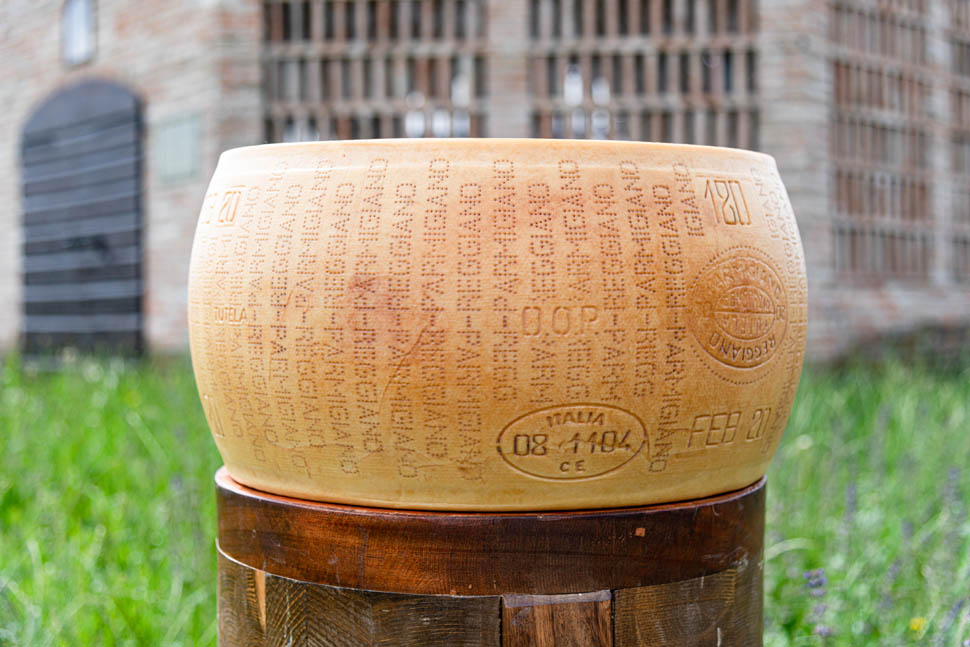
Inside the factories, you can go through all the steps, from cooking to placing the curd in fascera, to salting and aging, while waiting for the experts to brand it. The tour concludes with a guided tasting time as the maturations vary: from a minimum of 12 months up to 40, and why not delve into the sensory complexity of a 60-month, 72-month and beyond cheese.
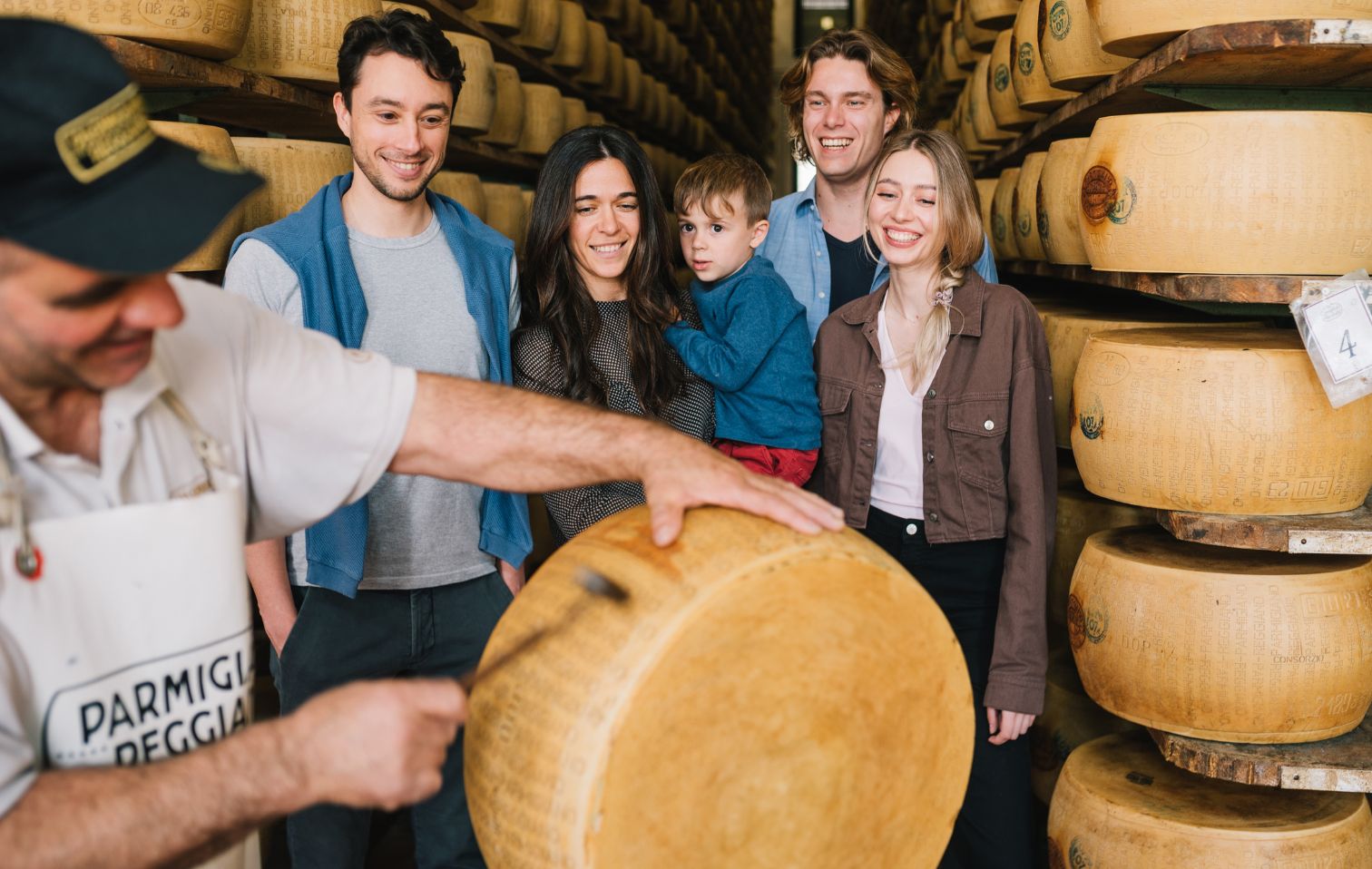
A trip that is easy to book on the platform https://www.parmigianoreggiano.com/it/caseifici-prenota-una-visita/
